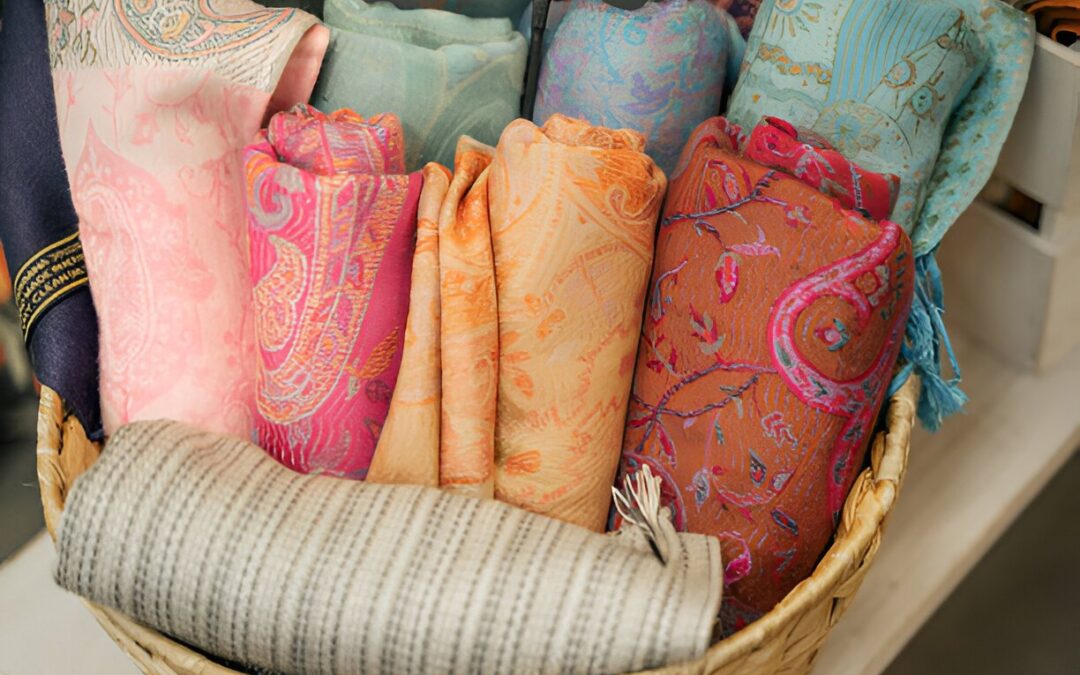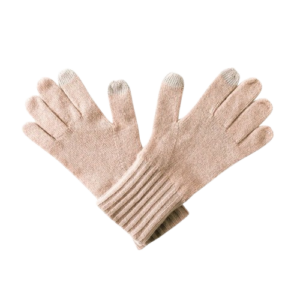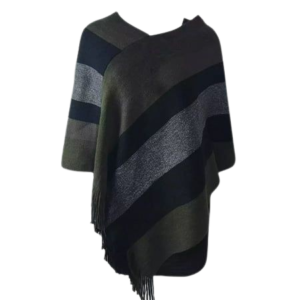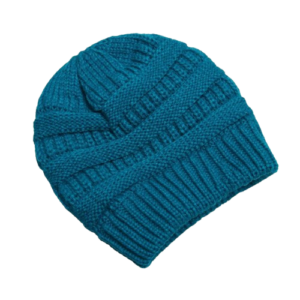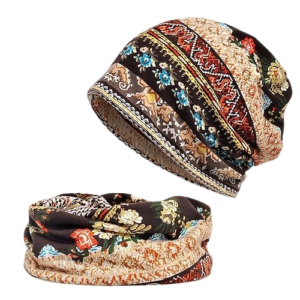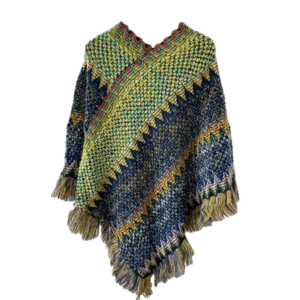The Origins: A Himalayan Craft
Pashminas come from the remotest Himalayan regions of India, Nepal, and Tibet, where a hardy breed of goat called Changthangi-otherwise known as the Pashmina goat-can be found. This ultra-fine wool is known by its Persian name “pashm,” which translates to “soft gold.” The wool is superlatively soft, light, and warm; it is ideal for crafting into shawls and scarves that brave the harsh mountain winters.
Pashmina weaving has been an art passed down from generation to generation, and therefore, a traditional participation by local artisans is conducted for many centuries. The process is pretty exhaustive and requires labor since there is great skill involved. Gathering the pashm during the molting season of spring, cleaning, spinning, and doing hand-weaving into intricate patterns and designs, makes the process prolonged. Since each piece takes weeks, sometimes months, to get ready, it results in unique pieces of luxurious fabric.
The Road To Global Fashion
Pashminas came into international prominence during the 15th century when the Mughal emperors in India, especially Akbar, took patronage of the craft. Mughal imperial courts loved the softness and warmth of pashminas, and soon the shawls became very popular as a status symbol among the genteel. They were gifted to foreign dignitaries by the emperors, also helping in spreading their fame across the Indian subcontinent.
By the 18th and 19th centuries, pashminas had found their way to Europe, particularly to France and Britain, where the upper classes were in extreme demand for them. Napoleon Bonaparte is said to have gifted a pashmina shawl to his wife, Josephine, who adored it so much that she amassed a large collection further popularizing the shawls across Europe.
Modern-Day Elegance
No longer confined to the palaces of royalty, the pashminas of today have turned an essential factor in world fashion. Although mass-produced and machine-made shawls are available, authentic handwoven pashminas retain their quality, crafts, and richness in history. They will be such versatile accessories that add elegance to your evening wear or will be casually strewn over less formal ones.
The designers of fashion and celebrities alike have embraced pashminas with great relish. They confidently grace red carpets and fashion shows, reclaiming their place as one of those really timeless, sophisticated accessories. Not only can pashminas be versatile in an aesthetic sense, but also very comforting and warm, hence their necessity in a wardrobe.
Preserving The Tradition
Despite their phenomenal worldwide success, this age-old tradition of weaving pashminas has faced threats. Synthetic fibers and machine-made imitations have taken their toll on the demand for real pashminas, thus affecting the livelihood of Himalayan artisans. On the bright side, there is an increasing effort to preserve this traditional handicraft, with initiatives toward securing native weavers and making the pashmina trade ethical and ecological.
More and more, the stories behind the products is what interests consumers nowadays. Genuine pashmina is not just a simple buy of cloth, but an investment into centuries of rich culture and a guarantee that the artisans continue to preserve this tradition.
Conclusion
From the Himalayas to the world stage, the pashmina’s journey is that of exquisite fabric that conquered the world without much ado. Steeped in history and tradition, each pashmina is a work of art; it is a reflection of the dexterity and dedication of the artisans who create them. As global fashion goes through fad after fad, the pashmina has remained as timeless as a symbol of elegance and sheer luxury for those who hold its rich heritage and unequal craftsmanship dear.

